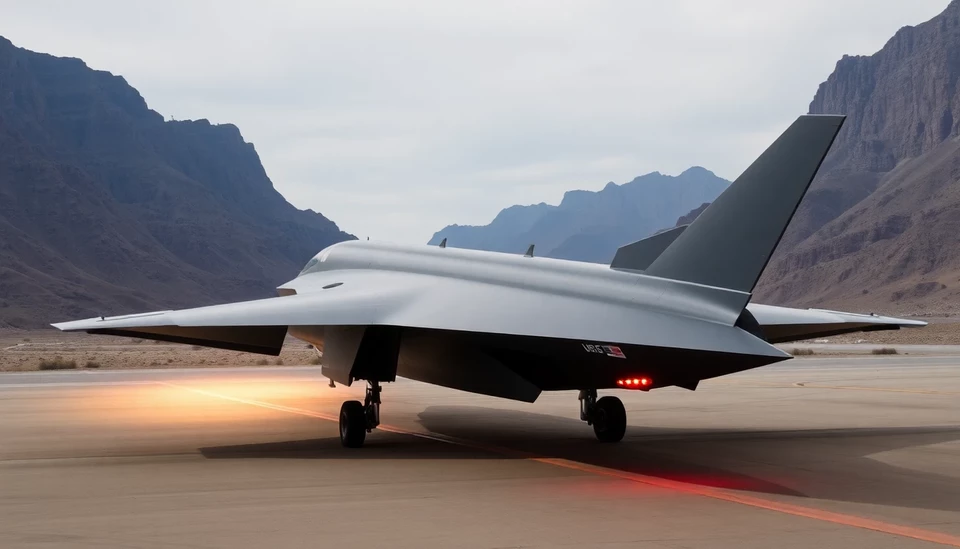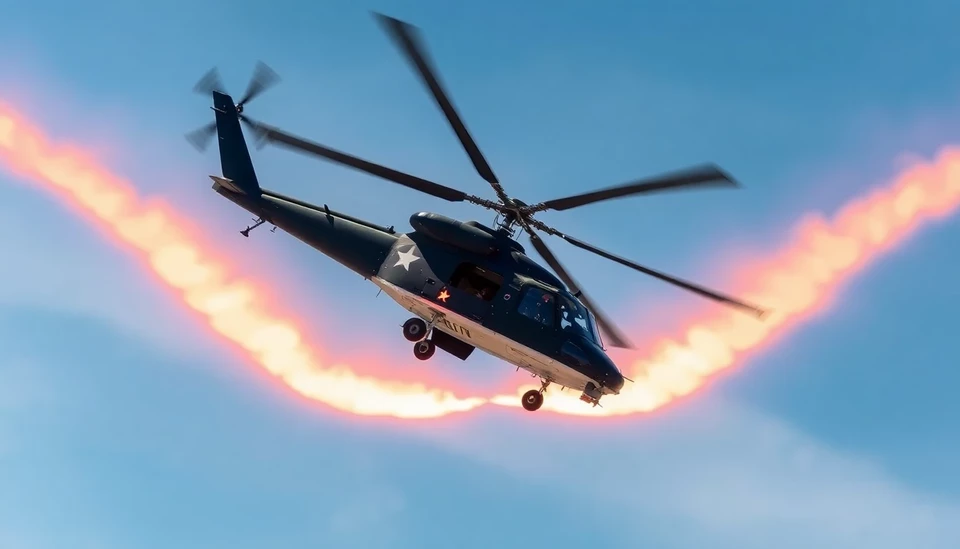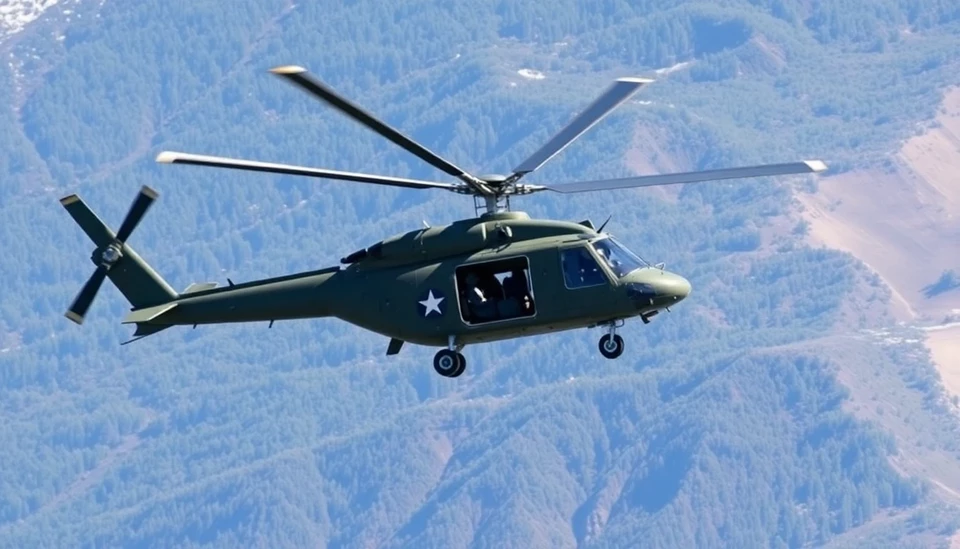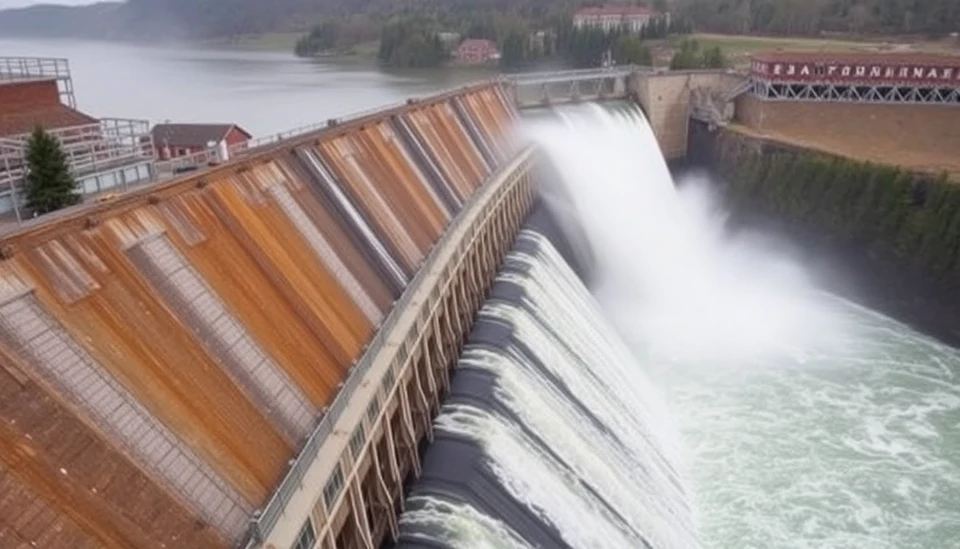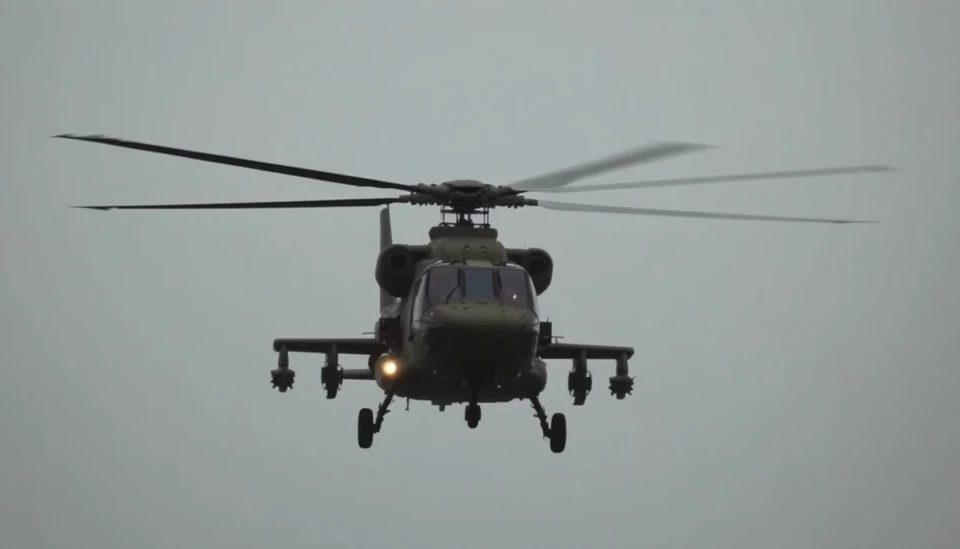
A recent tragic event involving U.S. Army helicopter pilots has drawn attention to the safety protocols and equipment used during night operations. Preliminary investigations suggest that the pilots likely utilized night-vision technology before their aircraft encountered a harrowing crash on a training mission.
The incident unfolded during a nighttime exercise, a common practice aimed at ensuring that pilots can navigate and operate effectively in low-visibility conditions. Unfortunately, the mission took a disastrous turn when the helicopter went down, prompting an immediate military investigation into the causes of the accident.
Authorities have emphasized the critical role that night-vision devices play in maintaining pilot safety. These advanced instruments allow pilots to see their surroundings even in complete darkness, significantly enhancing their situational awareness. However, despite the assistance these devices provide, the inherent risks of flying at night are amplified, particularly under challenging conditions.
The Army has not disclosed the exact circumstances surrounding the crash, but interviews with experts suggest that fatigue, mechanical failure, and environmental factors may have contributed to the incident. Military officials are currently working to piece together the chain of events that led to the tragedy, which has raised concerns within the military's aviation community.
Preliminary reports indicate that the helicopter was conducting a routine training flight in an area familiar to the crew. The terrain and potential hazards were well-known, underscoring the unexpected nature of the crash. In the wake of the incident, there will likely be a thorough reassessment of training protocols and equipment usage, especially for operations conducted at night.
The investigation is ongoing, and military officials have vowed to conduct a comprehensive inquiry to determine the exact causes of the crash. They also aim to identify any lessons that can be learned to prevent future occurrences. In a statement, one high-ranking officer expressed condolences to the families of the pilots, acknowledging the risks that come with military aviation and the sacrifices made by service members.
As the military works towards a conclusion in this investigation, it serves as a reminder of the challenges faced by aviators during night missions. Commitment to safety and the crucial role of equipment like night-vision goggles continue to be topics of significant importance in enhancing the safety of our military personnel.
As details continue to emerge, the tragic event has reignited discussions surrounding military aviation safety practices. The loss of life in such incidents leaves deep emotional scars, and it urges an urgent need for review and improvement of operational protocols to ensure the safety of those in the line of duty.
#Army #HelicopterCrash #NightVision #MilitaryAviation #SafetyFirst
Author: Samuel Brooks

